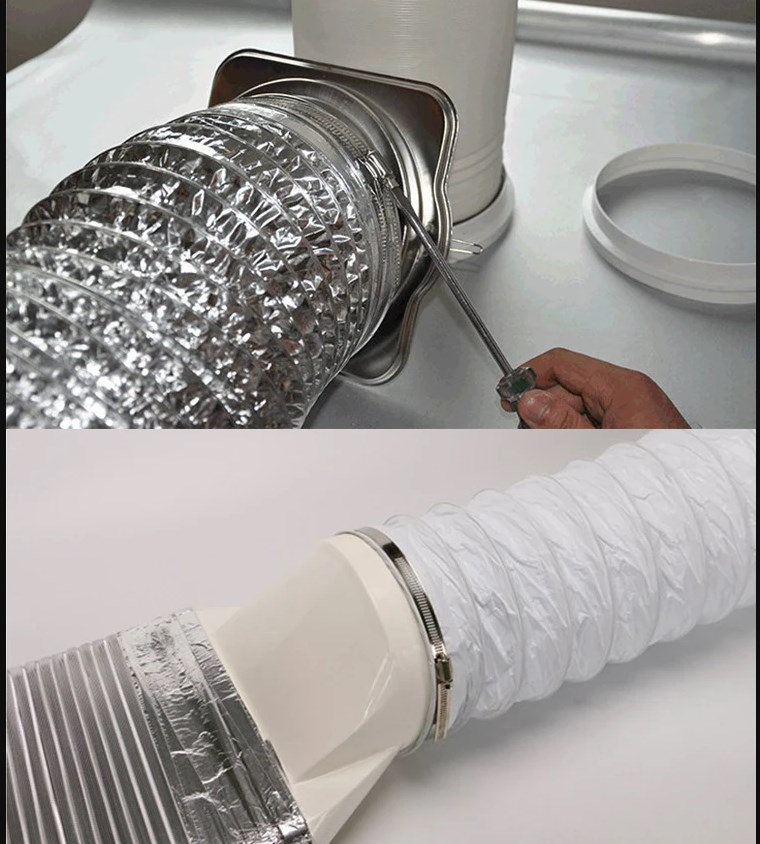- Phone:+86-17331948172 +86-0319-8862898
- E-mail: inquiry@puxingclamp.com
Sep . 25, 2024 02:35 Back to list
Understanding Torque Settings for China Hose Clamps in Various Applications
Understanding the Importance of Torque in Hose Clamps
Hose clamps play a vital role in various industrial and automotive applications, securing hoses to fittings and ensuring a tight seal to prevent leaks. Among the many factors that contribute to the effectiveness of hose clamps, torque is a critical consideration that directly affects their performance and reliability. In this article, we will delve into the significance of torque when using hose clamps and its implications for various applications.
Understanding the Importance of Torque in Hose Clamps
In an industrial setting, hose clamps come in various types, including worm gear clamps, spring clamps, and ear clamps, each with its unique method of applying and measuring torque. Worm gear clamps, for example, are popular due to their adjustability and ease of use. They are designed with a metal band and a screw mechanism, allowing users to tighten or loosen the clamp to the desired torque level. It is essential, however, to use a torque wrench or a torque screwdriver to ensure that the correct amount of torque is applied, as this prevents both under-tightening and over-tightening.
china hose clamp torque

Automotive applications also heavily rely on the proper torque settings for hose clamps, particularly in systems involving fluid and gas transfer. For instance, cooling systems in vehicles utilize hose clamps to secure radiator hoses, and any leakage could lead to significant engine damage. In these scenarios, manufacturers often provide specific torque specifications, often measured in inch-pounds or Newton-meters, which should be adhered to during installation.
Moreover, environmental factors such as temperature fluctuations and vibrations can affect hose clamps over time. Regular maintenance checks are crucial to ensure that clamps maintain the required torque, and any signs of wear should be addressed promptly. This is particularly important in high-stress environments, such as chemical plants or automotive workshops, where hose integrity is paramount.
In conclusion, the relationship between hose clamps and torque cannot be overstated. Proper torque application ensures optimal sealing performance, enhances the lifespan of hoses, and minimizes the risk of leaks or equipment failure. Whether in industrial applications or automotive settings, understanding and applying the correct torque for hose clamps is essential for system reliability and safety. As technology advances and new materials are developed, staying informed on best practices for torque application will remain a crucial aspect of hose clamp installation and maintenance.
-
Durable Adjustable Hose Clamps for Pipes & Radiators
NewsAug.21,2025
-
Heavy Duty Hose Clamps: Premium Stainless Steel & Adjustable
NewsAug.19,2025
-
Large Stainless Steel Adjustable American Type Hose Clamp - Hebei Pux Alloy Technology Co., Ltd
NewsAug.18,2025
-
Large Stainless Steel Adjustable Hose Clamp - Hebei Pux Alloy|Durable Corrosion Resistance&Adjustable Design
NewsAug.18,2025
-
Large Stainless Steel Adjustable Hose Clamp - Hebei Pux Alloy Technology Co., Ltd
NewsAug.18,2025
-
American Style Adjustable Hose Clamps for Pipe & Radiator
NewsAug.18,2025




